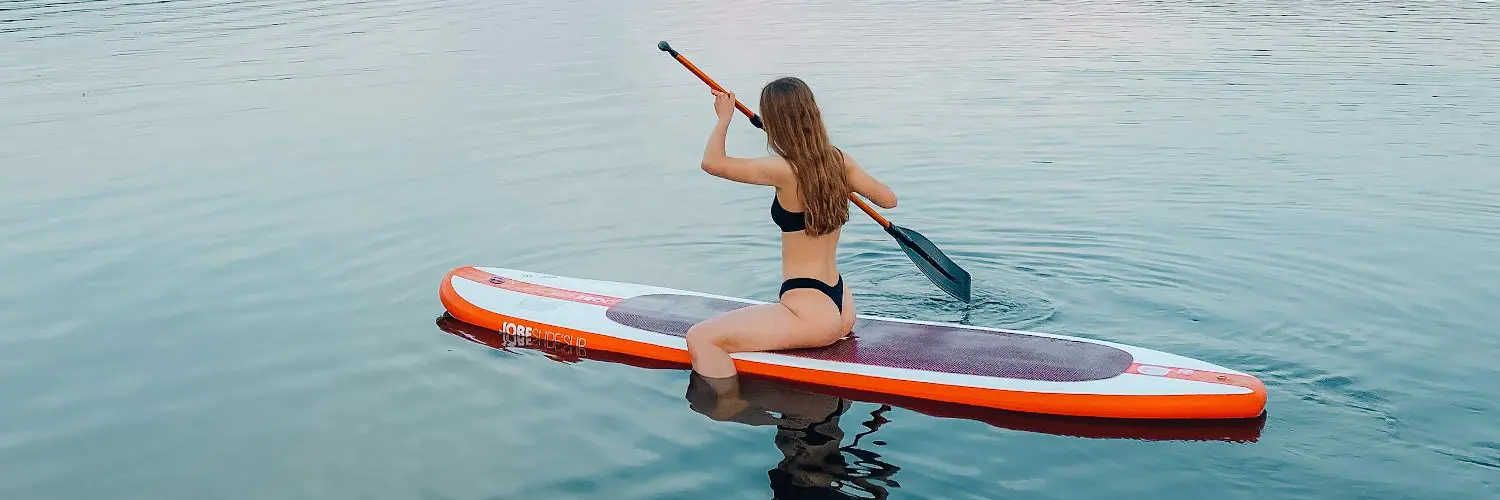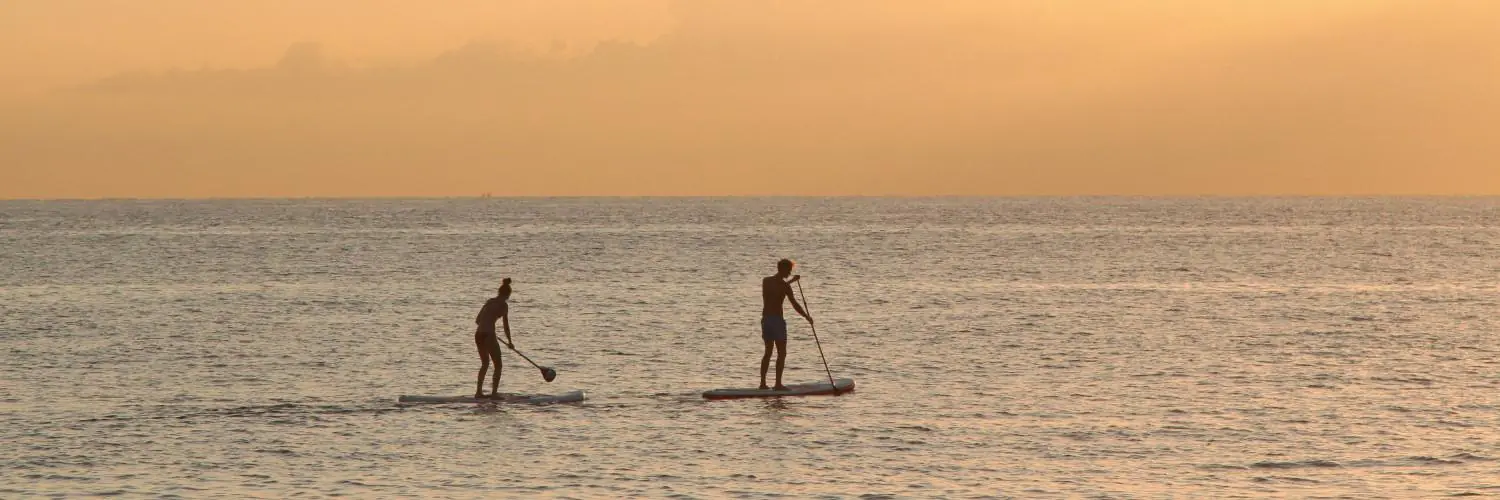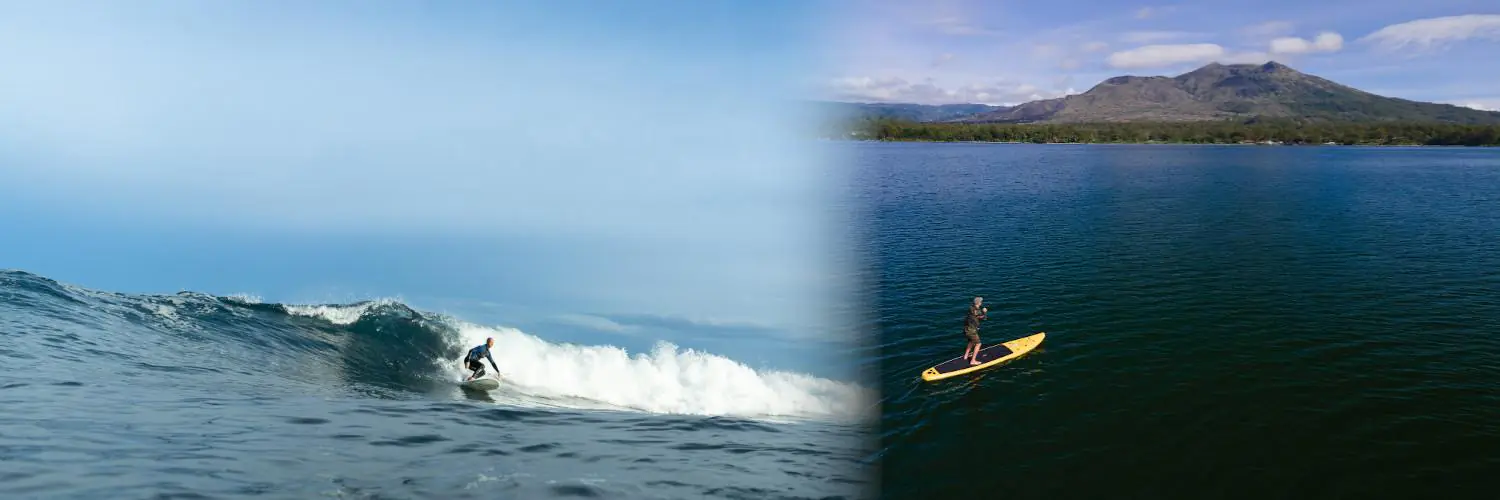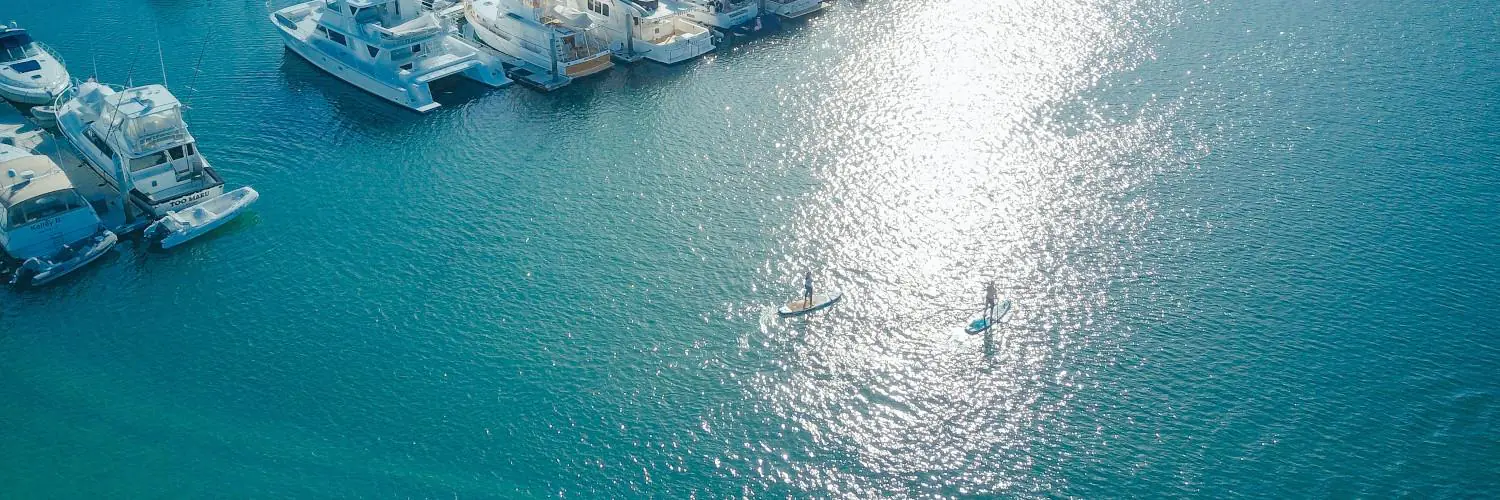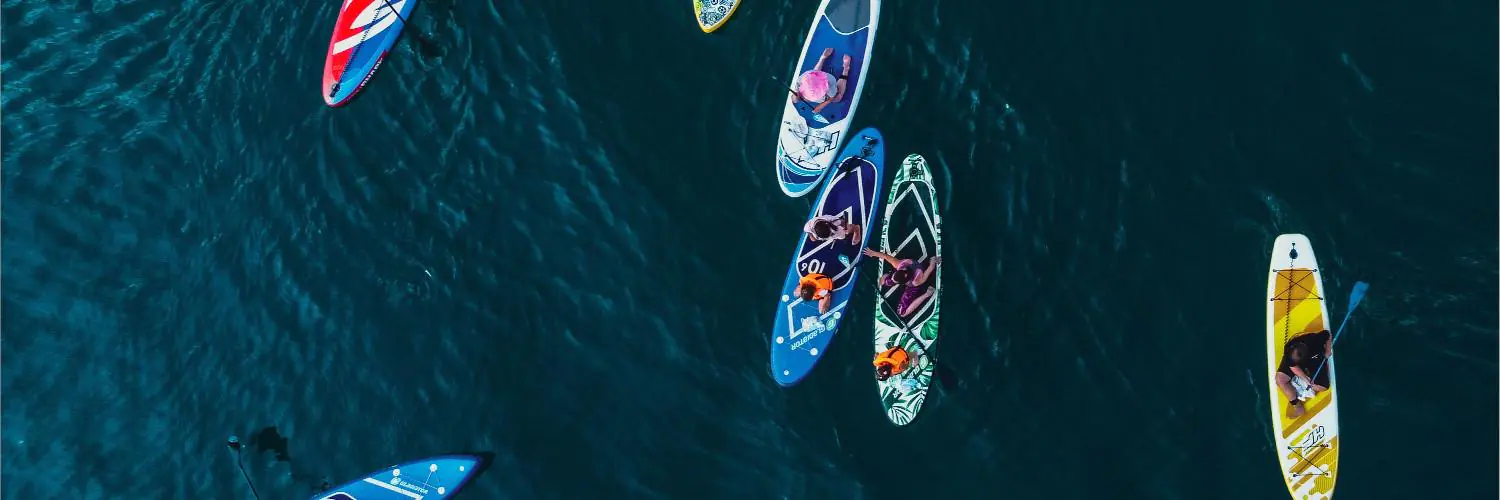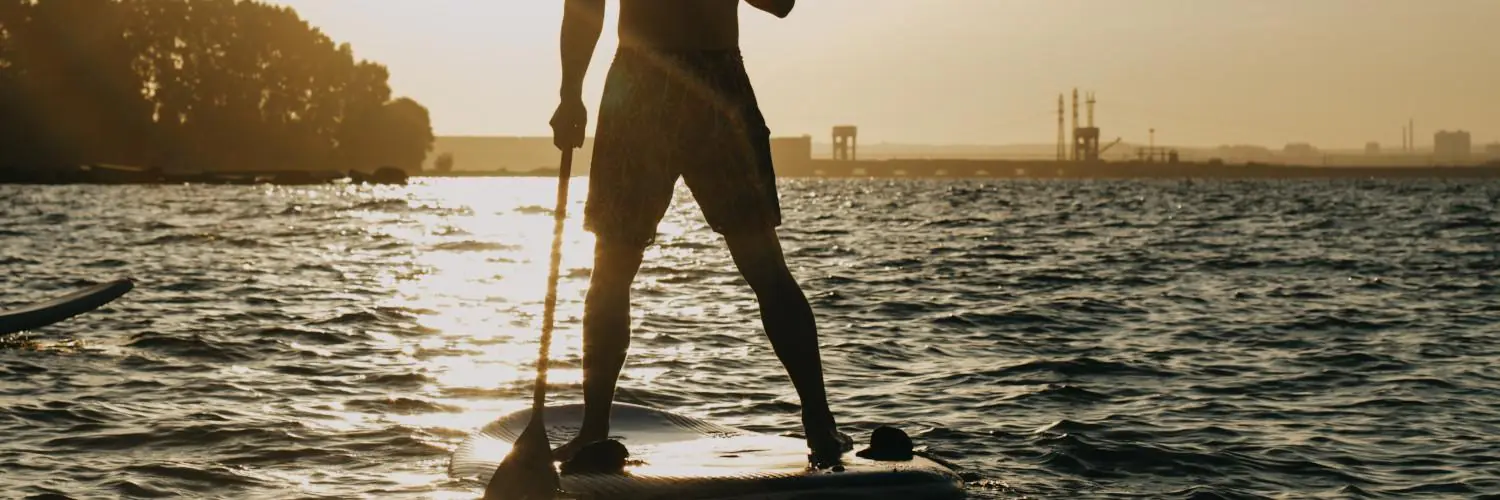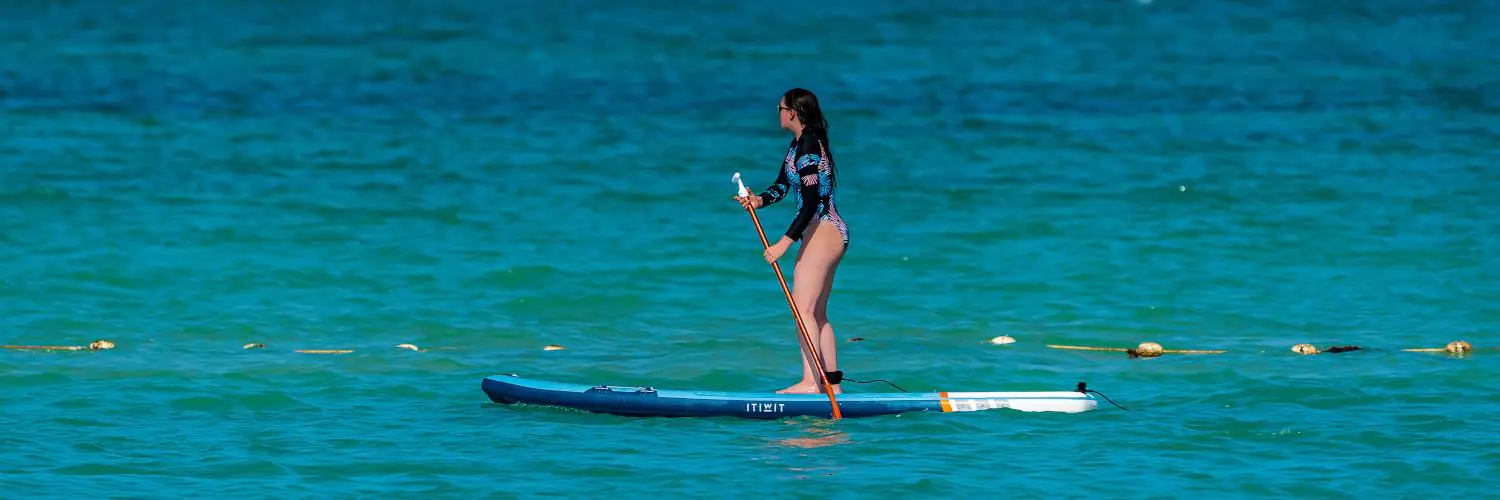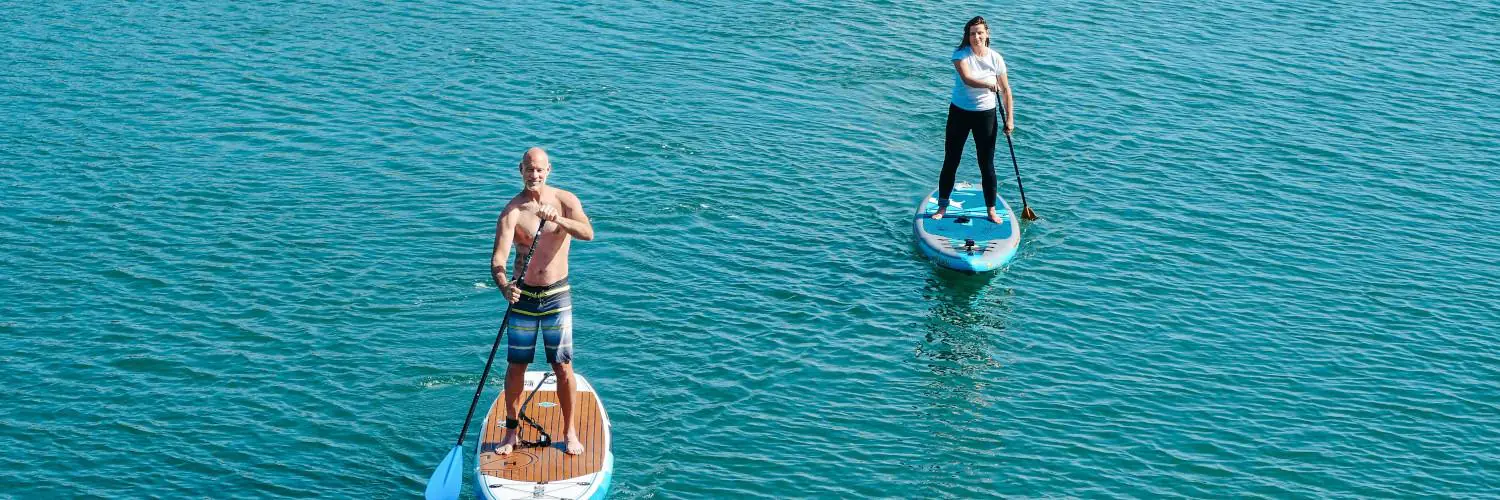Table of Contents
Sup Fin Types: Choosing the Right One for Your Paddleboarding Adventure
Stand-up paddleboarding has seen a meteoric rise in popularity, and with its growth, the variety of fin types available for enthusiasts has expanded. The fin of a paddleboard plays a crucial role in stability, maneuverability, and tracking—the ability of the board to maintain a straight path. While there are numerous designs and features, understanding the basics of fin configurations can greatly enhance a paddler’s experience on the water.
The most common fin setup is the all-around/surf type, catering to those who seek a balance between firm tracking and ease of turning. Originating from surfboarding, these fins provide a wide base that promotes stability yet are shaped to allow for responsive handling. Another prevalent type is the touring or race fin, designed for speed and efficiency, crucial for long-distance paddling and competitive racing.
Fins are also differentiated by their attachment system or fin box, with the US fin box being widely adopted for its compatibility with a range of fins. This standardization allows paddlers to switch fins according to their activity or water conditions. Whether a casual paddler or an aspiring racer, selecting the proper fin setup is fundamental to optimizing performance and enjoyment on the water.
SUP Fins Overview
The fins on a Stand Up Paddleboard (SUP) are critical for refining performance, enhancing stability, and providing maneuverability. With various fin setups and shapes made from different materials, choosing the right SUP fin can significantly influence your paddleboarding experience.
Importance of Fin Design
Fin design plays a pivotal role in the performance of a SUP. The shape and size of a fin directly impact how the board handles on the water. A center fin, for example, is crucial for straight-line tracking and overall stability. Fin shapes with more area at the tip and a wider base lend themselves to better tracking, while reduced surface area can enhance maneuverability. The materials, which include plastic, fiberglass, and carbon fiber, also affect the fin’s performance, with lighter materials typically allowing for quicker response and tighter turns.
Types of SUP Fins
SUP fins come in various shapes and setups tailored to specific types of paddling. The single fin setup is common for touring, utilizing a large center fin for tracking and glide efficiency. A thruster setup combines a central fin with two side fins, offering a balance between tracking and maneuverability, making it a versatile choice for different water conditions.
| Fin Setup | Common Use Cases |
|---|---|
| Single Fin | Touring and Racing |
| Thruster | All-around, Waves |
| Quad | Surfing, Greater Grip |
In terms of fin shapes, the swept-back design is known to reduce drag, and fins with less sweep angle allow for easier turns. Fin boxes, the slot on a SUP where the fin is attached, come in different formats to accommodate the various fin shapes. Compatibility between the fin and fin box is essential, as it ensures the fin is securely attached and functions as intended. Whether for leisurely paddles or competitive racing, the optimal fin setup can amplify the SUP’s performance to match the paddler’s needs.
Fin Configurations and Their Impact on SUP
The type of fin setup on a paddleboard crucially determines its performance, affecting stability, tracking, and maneuverability. Different fin configurations cater to various SUP activities, such as racing, touring, surfing, and paddling on flatwater or down rivers.
Single Fin Setup
A Single Fin Setup, typically found at the bottom center of the board, is known for enhancing straight-line tracking and stability. This configuration is prevalent in touring and flatwater SUP where maintaining a steady course is essential. The single fin’s large surface area secures better hold and glide for long-distance paddling.
Multi-Fin Configurations
Multi-Fin Configurations include the Twin Fin setup and the 2+1 Fin Setup, where the latter combines two smaller side fins with a larger center fin. These arrangements offer improved stability and control, especially in choppy conditions or while surfing. The twin fin setup is less common but can be seen on some SUPs designed for agility and speed.
- Twin Fin: Offers a balance between stability and maneuverability.
- 2+1 Fin: Allows for a customizable setup—larger center fin for tracking or smaller for more playfulness.
Specialized Fins for Different SUP Activities
For specific SUP disciplines, specialized fins optimize performance:
- Racing: Fins with a swept-back design reduce drag and increase speed.
- Touring: Deeper fins aid in extended straight-line tracking.
- Surfing: Shorter fins afford quicker turns and responsive handling.
- River SUP: Stubby fins avoid catching on rocks and improve safety in shallow water.
Each SUP activity benefits from a unique fin design, tailored to enhance the paddling experience and efficiency in relevant conditions.
Factors Influencing Fin Performance
A SUP fin’s performance significantly relies on its size, shape, material, and positioning under the board. These characteristics determine balance, control, and efficiency in the water.
Effect of Fin Size and Shape
- Size: A larger fin with increased surface area provides better tracking and stability but may increase drag, affecting speed.
- Shape: A swept-back fin shape aids with turning and maneuverability, while a more vertical shape is conducive to straight-line tracking.
Fin characteristics such as depth and rake (angle of the fin) contribute to the board’s ability to move through the water with various levels of resistance and control.
Impact of Material and Flexibility
- Material: Common materials for fins include plastics, composites, and fiberglass, with each offering varying degrees of flex and durability.
- Flexibility: Fins with more flex are better for wavy conditions as they absorb shocks, while stiffer fins provide a steadier ride and better tracking in calm waters.
The right blend of material and flex can optimize the fin’s performance with respect to speed, turning, and overall control.
Positioning and Its Role
- Fin Boxes: The placement (or box type) can affect the fin’s angle and length relative to the board, impacting handling and turning ability.
- Fin Position: Fins placed further back typically enhance tracking but can make sharp turns more difficult, whereas a more forward position can increase maneuverability.
Correct positioning takes into account the board’s design and intended use, optimizing for balance and resistance during various activities.
Selecting the Right Fin for Your Style
Choosing the right paddle board fin is essential for optimizing board performance and matching the paddle boarder’s skill level and specific paddling style. Fins affect stability, speed, and the board’s ability to track straight in various conditions.
By Skill Level and Board Type
Beginner Paddle Boarders often benefit from a larger, more stable fin that aids in maintaining a straight course and facilitates easier paddle strokes. As paddle boarders’ skill levels advance, they may prefer smaller fins for greater maneuverability and a more responsive feel.
| Board Type | Recommended Fin Type |
|---|---|
| All-around Board | Larger, flexible fins for stability |
| Touring Board | Longer fins with increased surface area for tracking and glide efficiency |
| Racing Board | Streamlined fins designed for speed and minimal drag |
Touring Style boards and longer races typically require fins that provide excellent straight-line tracking and reduce the effort needed to maintain course. Thus, fins for touring boards are usually longer with a more pronounced profile.
According to Paddling Conditions
In calm, flatwater conditions, a single fin setup is often suitable, balancing ease of tracking with sufficient maneuverability. Such fins are typically of medium size to maximize efficiency and board control for paddlers of all weights.
| Paddling Condition | Fin Characteristics | Benefit |
|---|---|---|
| Flatwater | Medium-sized single fin | Efficient tracking with moderate control |
| Choppier Conditions | Larger raked fins | Enhanced stability and wave shedding |
| Surfing Conditions | Shorter, wider fins | Greater maneuverability in wave action |
Surfing Fins allow paddle boarders to manage quick turns and maintain hold on the wave face. In wave conditions, a thruster (three-fin) setup provides additional stability and control, pivotal for dynamic surfing maneuvers. These fins are often wider and shorter, providing a balance between grip and the ability to carve through the water.
Fin Boxes and Installation
When selecting a stand-up paddleboard (SUP), understanding the fin boxes and installation systems is crucial for optimal performance and ease of use.
Differences in Fin Box Systems
US Fin Box: The US fin box is a universal system known for its versatility. It allows for the use of a wide range of fins but requires a screw and plate for fin attachment. The US fin box is characterized by a longer channel, which provides the option to adjust a fin’s position forward or backward, hence impacting the board’s stability and maneuverability.
FCS: The FCS (Fin Control System) offers two main varieties. The original FCS requires grub screws to fasten the fins, while the FCS II relies on a snap-in system without the need for tools. These systems often feature two tabs that insert into the fin box and are secured in place. FCS is noted for its high compatibility with performance fins.
Slide-In Fin Box: Specifically designed for inflatable SUPs, the slide-in fin box simplifies the attachment process with a tool-less installation. Fins are slid into the box’s channel and secured with a pin. Although convenient, the types of fins compatible with slide-in boxes are limited, and care must be taken when folding the board to avoid damaging the box.
Universal Fin Box: A universal fin box aims to accommodate different fin systems, such as the US fin box and FCS fins. It is designed to provide paddleboard enthusiasts with a broader choice of fin types and easy installation.
Fin Design Considerations: Fins come in various shapes, such as the dolphin fin, with specific design aspects like the leading and trailing edge that influence performance. The leading edge’s angle, known as the sweep, affects how water flows over the fin and can impact a board’s drag and turning ability. The trailing edge helps in the release of water and the overall responsiveness of the board in the water.

